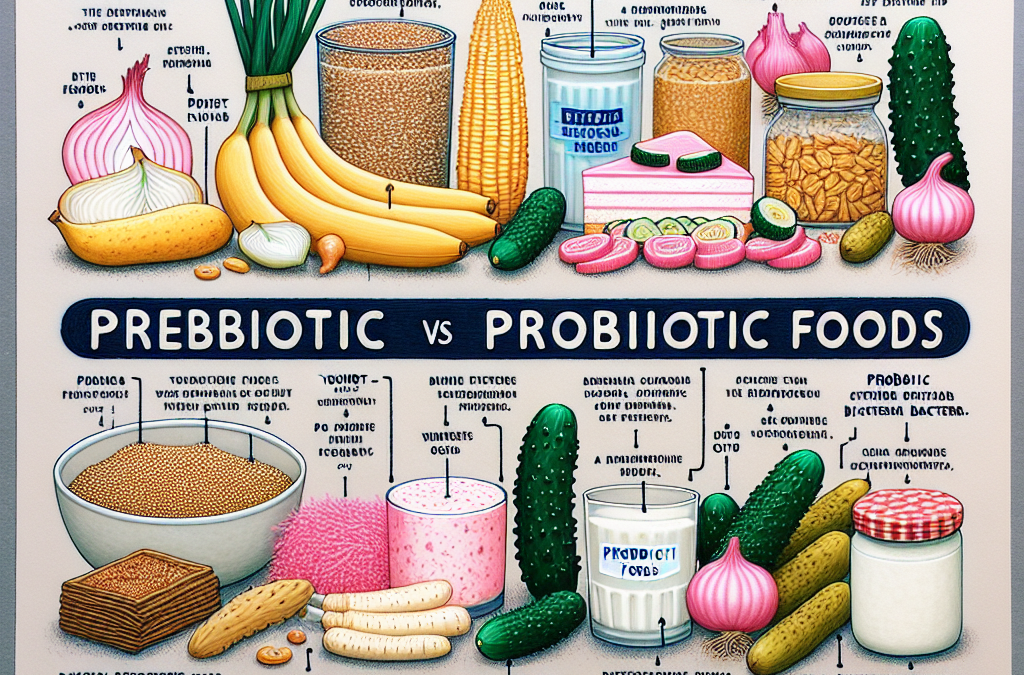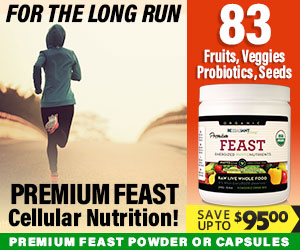What Are Probiotics?
Definition and Types
So, let’s kick things off with probiotics. You’ve probably heard this term thrown around a lot, right? Basically, probiotics are live bacteria that provide health benefits when consumed in adequate amounts. They’re like the good guys, helping out your gut. There are many types of probiotics, but some of the most common are Lactobacillus and Bifidobacterium. Each type offers different benefits, like aiding digestion or boosting immunity.
In my journey to better health, I’ve been experimenting with various probiotic sources such as yogurt, kefir, and fermented veggies. Honestly, incorporating these foods into my meals has been a game-changer for my gut health. Every bite feels like I’m feeding my body’s little soldiers!
It’s essential to choose high-quality probiotic products to reap the benefits. Always check labels and opt for those that list live strains. You want to ensure you’re getting the good stuff to support your health!
Health Benefits of Probiotics
Now, let’s dig into why probiotics should be a part of your diet. One significant benefit is improved digestion. For instance, after integrating more yogurt into my breakfast routine, I noticed a marked difference in my gut regularity. It’s been smooth sailing ever since!
Furthermore, probiotics can boost your immune system. Studies have shown that they may help prevent infections and strengthen the body’s defense system. This was super helpful for me last winter; I felt like I was warding off colds simply by keeping my gut happy!
Another aspect that I find fascinating is their potential role in mental health. There’s a growing body of research linking gut health with mood and cognitive function. Honestly, if enjoying my favorite kombucha can also lift my spirits, I’m all in!
How to Incorporate Probiotics into Your Diet
So, I’ve discovered that the easiest way to add probiotics to my diet is through fermented foods. Start simple! A daily serving of yogurt or a splash of kefir in your smoothies can be delightful. I remember the first time I tried making my own fermented veggies; it was a fun project!
If you’re not into dairy, don’t fret! There are plenty of plant-based options like sauerkraut, kimchi, and non-dairy yogurt available in stores nowadays. Trust me; the crunch of kimchi is a fantastic addition to any meal. It adds flavor and those good bacteria!
Lastly, if you prefer a more straightforward approach, there are supplements. You can find them in health food stores or pharmacies, but be sure to do your research. Everyone’s gut is unique, so what works for me might not work for you!
What Are Prebiotics?
Definition and Types
Now, moving on to prebiotics! These are basically food for probiotics—think of them as the fuel your good bacteria need to thrive. They’re typically types of dietary fiber that your body can’t digest. Instead, they pass through your digestive system and feed those beneficial bacteria in your gut.
When I started to pay attention to my prebiotic intake, I turned to foods like bananas, garlic, onions, and asparagus. These items not only enhance the flavor of my dishes but also give my gut buddies a boost! It’s like a feast for them when I include these ingredients in my meals.
Different types of prebiotics exist too, including inulin and oligosaccharides, all aiming to feed those good bacteria. By mixing them into my daily meal prep, I feel like I’m nurturing my gut garden!
Health Benefits of Prebiotics
Why should you care about prebiotics? Well, for starters, they promote the growth of healthy gut bacteria, which can enhance overall gut health and improve digestion. My personal experience shows that since I increased my fiber intake, I’ve felt lighter and more energized after meals!
Moreover, prebiotics can aid in nutrient absorption. When your gut is healthy, it can absorb vitamins and minerals more effectively. That means your body gets more from the foods you eat. I’ve noticed my skin is clearer and my energy levels are more stable!
They might even play a role in weight management by promoting a sense of fullness due to fiber content. I’ve found that I’m less likely to snack mindlessly throughout the day by including prebiotic-rich foods in my meals. Win-win!
How to Incorporate Prebiotics into Your Diet
Incorporating prebiotics doesn’t have to be complicated! Begin by adding foods like onions, leeks, or asparagus into your cooking. They’re fantastic bases for soups and stir-frys. I love sneaking them into my meals; they add flavor and health!
Get an Amazing Discount on the Best Certified Organic Whole Food Supplement!
Smoothies can also be a great vehicle for prebiotics. Toss in a banana or a scoop of acacia fiber for a delicious, gut-loving drink. I can’t get enough of my morning smoothies now; they’re easy, nutritious, and absolutely delightful!
Lastly, I suggest keeping your pantry stocked with prebiotic snacks! Items like chickpeas and whole grain cereals are not only filling but also provide plenty of fiber. I make it a point to always have some on hand for those mid-afternoon hunger pangs!
The Importance of Balance
Probiotics and Prebiotics Working Together
Okay, here’s the scoop: probiotics and prebiotics are like best buds. They complement each other beautifully! When you eat probiotics, you’ll want to include prebiotics to help those healthy bacteria thrive. It’s like the perfect yin and yang for your gut!
From my experience, I’ve noticed that combining both types of foods really maximizes the benefits. It’s all about nurturing the good bacteria while also providing it with fuel. Every time I have a yogurt topped with banana or a sprinkle of flaxseed, I know I’m giving my gut the love it deserves!
Plus, having a variety of both can lead to a diversified microbiome, which is key for good health. It’s neat to think that every meal is an opportunity to promote this balance. So, let’s embrace the duo for a healthier gut experience!
Finding Your Personal Balance
Finding the right balance of probiotics and prebiotics can take a bit of trial and error. What works for me may not work for you. It’s all about listening to your body! I’ve tried various sources, and some made a more significant impact than others.
Keeping a food diary can also help identify which foods make you feel your best. I started jotting down what I ate and how I felt afterward, which helped me fine-tune my gut health strategy. It’s pretty cool to see what can make a positive difference!
Ultimately, it’s about creating a balanced and enjoyable eating pattern. By mixing different prebiotic and probiotic-rich foods into my meals, I’ve turned it into a fun and delicious adventure! So don’t be afraid to experiment!
Final Thoughts on Prebiotics and Probiotics
Simplifying Your Choices
In closing, figuring out the difference between prebiotic and probiotic foods doesn’t have to be daunting. Just remember that probiotics are the live bacteria, and prebiotics are the fibers that feed them. Keeping this simple distinction in mind makes grocery shopping a breeze!
As I mentioned, I’ve had my fair share of ups and downs in understanding gut health, but I’ve learned that balance is key. It’s a learning journey, and I enjoy it every step of the way. From now on, I’ll be looking at my meals as opportunities to truly nourish my body!
If you’re on this journey, I encourage you to explore foods, try new recipes, and listen to what your body is telling you. Together, we can create a healthier, happier gut and make food an enjoyable part of our wellness journey!
FAQs
1. Can I get probiotics from supplements?
Yes, you can! Probiotics are available in supplement form; just make sure to select high-quality brands that provide specific strains and live bacteria.
2. Do I need to take prebiotics if I eat probiotics?
It’s advisable! Eating prebiotics alongside probiotics enhances the benefits as prebiotics feed and nourish the good bacteria in your gut.
3. How long does it take to feel the effects of probiotics and prebiotics?
Everyone’s body responds differently, but many people start noticing benefits within a few weeks of regular consumption.
4. Are all fermented foods rich in probiotics?
Not necessarily, but many are! Foods like yogurt, kefir, sauerkraut, and tempeh are typically good sources. Always check for live cultures on the label!
5. How can I maintain a healthy gut long-term?
Balance is key! Regularly incorporate both prebiotic and probiotic foods, stay hydrated, keep a varied diet, and listen to your body for the best results.




